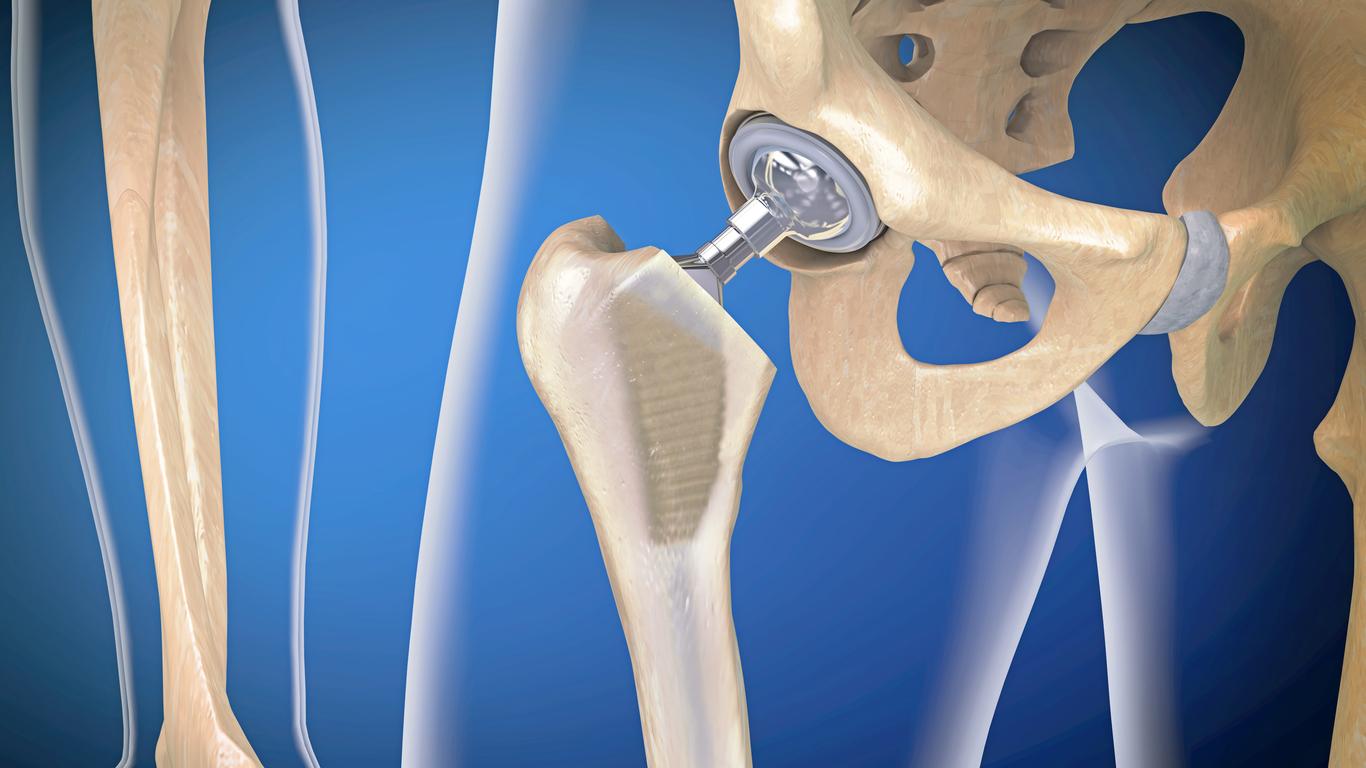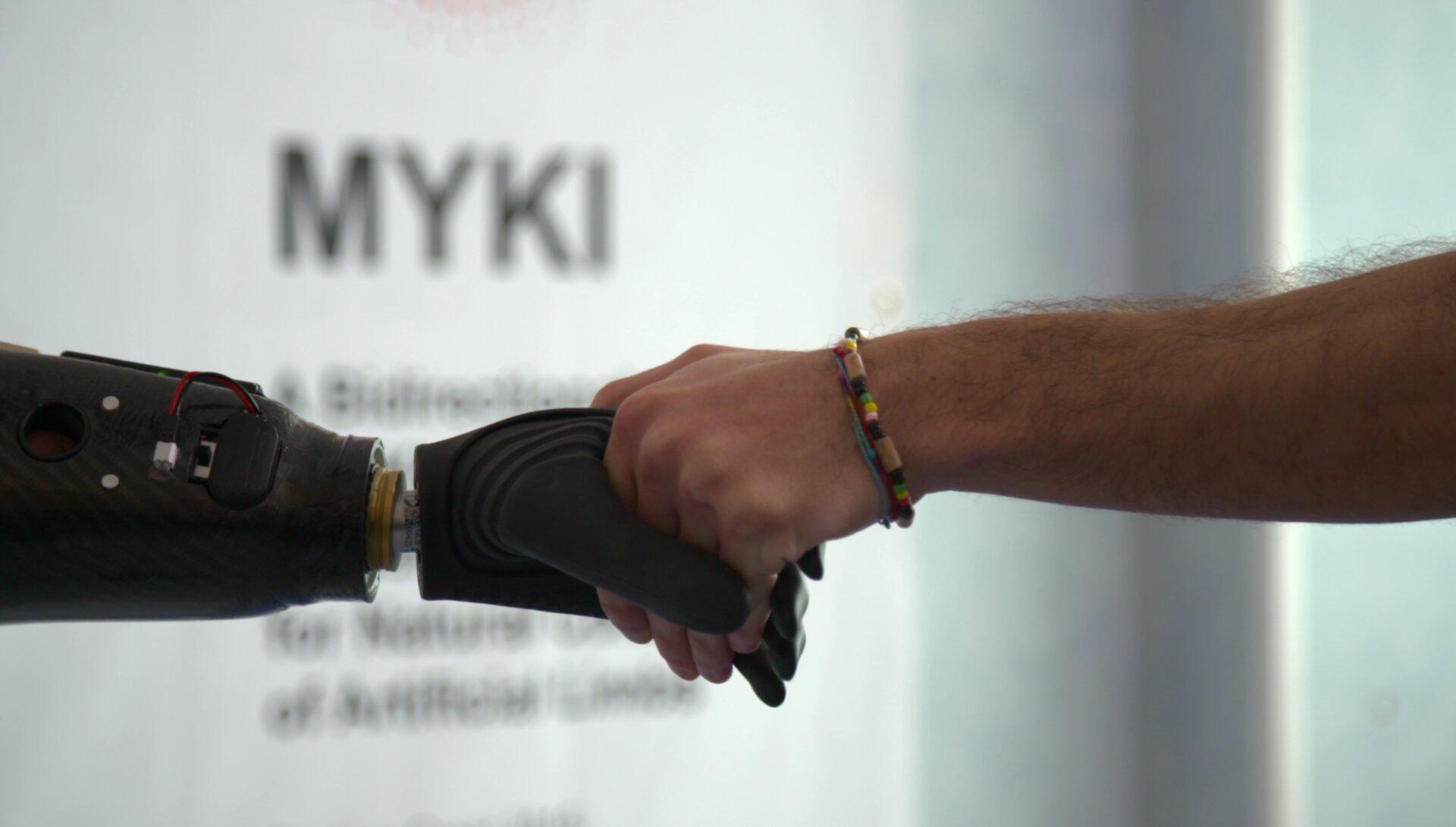The prostheses used in women for organ descents are effective on condition that they are placed after consultation and under special conditions, which has not always been done, in particular recently. An interview with Prof. Jean-Nicolas Cornu, from the University Hospital of Rouen.

Prolapse, better known as “organ descent” is a very common disease. According to Prof. Jean-Nicolas Cornu, from Rouen University Hospital, interviewed during the AFU (Association Française d’Urologie) congress which has just ended in Paris, 50% of women will be victims during their lifetime, but this affection will not necessarily manifest itself in them. And urologists, gynecologists and gastroenterologists who all together make a decision on the type of operation to offer, will only take care of patients who complain of symptoms, which will only affect 10% of women. When a decision has to be made because the symptoms are there, an assessment is first necessary and it is not a menu with different checkboxes, each case being very different. The additional examinations are chosen according to the symptoms and the profile of the patient. When this assessment is made, a decision can be made.
Today prolapse is treated in two ways: either abdominally or vaginally. The abdominal approach relies on promonto-fixation, a surgery that is now well known and performed mostly laparoscopically. For its part, vaginal surgery uses two possible techniques: a so-called autologous repair, where the patient’s tissues are used to strengthen the pelvic tissues which are deficient, or else, the installation of a reinforcing prosthesis.
These vaginal prostheses are interesting tools, but must be used after consultation and reflection in particular conditions: in patients who have a high risk of recurrence, in those for whom the abdominal route is not possible, or in case of failure of other treatments. Finally, these prostheses are currently only reserved for the anterior and middle floor and not on the posterior floor, where autologous repairs are most often recommended. Today, only surgery can cure prolapse because drugs cannot, nor physiotherapy which has modest effects. Finally, we cannot insist enough on the fact that the decision, and in particular the surgical one, must be taken after a discussion with the patient: the explanatory memorandum, the benefit / risk ratio, and all that is stone. angularity of a good decision, with of course, an adapted follow-up over time, because the long-term results are still poorly understood.
.

















